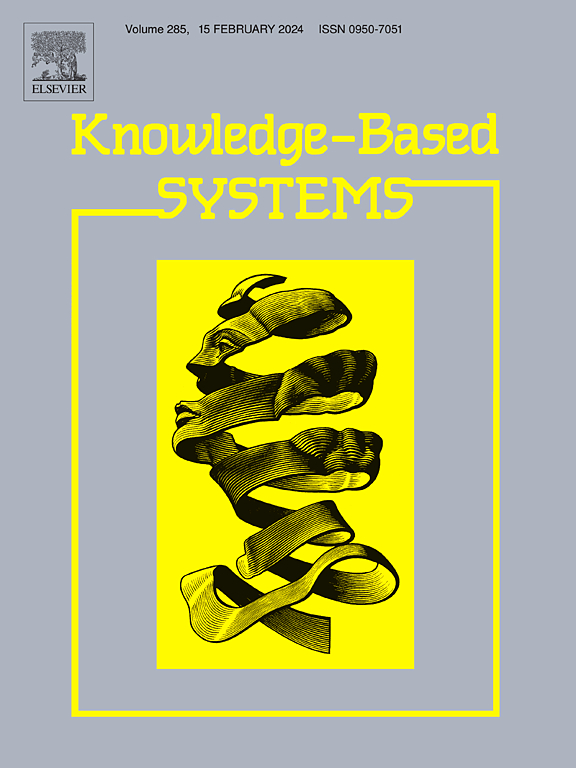MVSTD: Multi-view spatio-temporal graphs with external disturbance consideration for ride-hailing demand prediction
IF 7.2
1区 计算机科学
Q1 COMPUTER SCIENCE, ARTIFICIAL INTELLIGENCE
引用次数: 0
Abstract
Accurate forecasting of ride-hailing demand is crucial for intelligent transportation systems, optimizing fleet management, reducing idle vehicle times, and alleviating urban traffic congestion. This task is particularly challenging due to intricate spatio-temporal dependencies, dynamic demand fluctuations, and the influence of external factors such as weather and public holidays. Existing methods often fail to adequately capture these non-linear dynamics or integrate the full spectrum of external disturbances. To address these challenges, we propose the Multi-View Spatio-Temporal Graphs with External Disturbance Consideration (MVSTD) framework. MVSTD innovatively combines multi-view spatio-temporal graph modeling with explicit incorporation of external disturbances, enabling more accurate and robust demand forecasting. The framework captures critical interactions between historical demand patterns and external variables, such as weather and holidays, to identify key drivers of demand variability. Extensive experiments on two large-scale, real-world datasets demonstrate that MVSTD consistently outperforms state-of-the-art methods across multiple evaluation metrics. Notably, MVSTD demonstrates superior performance in high-variability scenarios, including public holidays and adverse weather conditions, showcasing its practical relevance for real-world ride-hailing demand prediction.
基于多视角时空图的网约车需求预测
准确预测网约车需求对于智能交通系统、优化车队管理、减少闲置车辆时间和缓解城市交通拥堵至关重要。由于复杂的时空依赖性、动态需求波动以及天气和公共假日等外部因素的影响,这项任务尤其具有挑战性。现有的方法往往不能充分捕捉这些非线性动力学或整合外部干扰的全谱。为了解决这些挑战,我们提出了考虑外部干扰的多视图时空图(MVSTD)框架。MVSTD创新地将多视图时空图建模与外部干扰的明确结合结合起来,从而实现更准确和强大的需求预测。该框架捕捉历史需求模式与外部变量(如天气和节假日)之间的关键交互作用,以确定需求变化的关键驱动因素。在两个大规模的真实数据集上进行的大量实验表明,MVSTD在多个评估指标上始终优于最先进的方法。值得注意的是,MVSTD在包括公共假期和恶劣天气条件在内的高可变性场景中表现出卓越的性能,显示了其与现实世界网约车需求预测的实际相关性。
本文章由计算机程序翻译,如有差异,请以英文原文为准。
求助全文
约1分钟内获得全文
求助全文
来源期刊

Knowledge-Based Systems
工程技术-计算机:人工智能
CiteScore
14.80
自引率
12.50%
发文量
1245
审稿时长
7.8 months
期刊介绍:
Knowledge-Based Systems, an international and interdisciplinary journal in artificial intelligence, publishes original, innovative, and creative research results in the field. It focuses on knowledge-based and other artificial intelligence techniques-based systems. The journal aims to support human prediction and decision-making through data science and computation techniques, provide a balanced coverage of theory and practical study, and encourage the development and implementation of knowledge-based intelligence models, methods, systems, and software tools. Applications in business, government, education, engineering, and healthcare are emphasized.
 求助内容:
求助内容: 应助结果提醒方式:
应助结果提醒方式:


